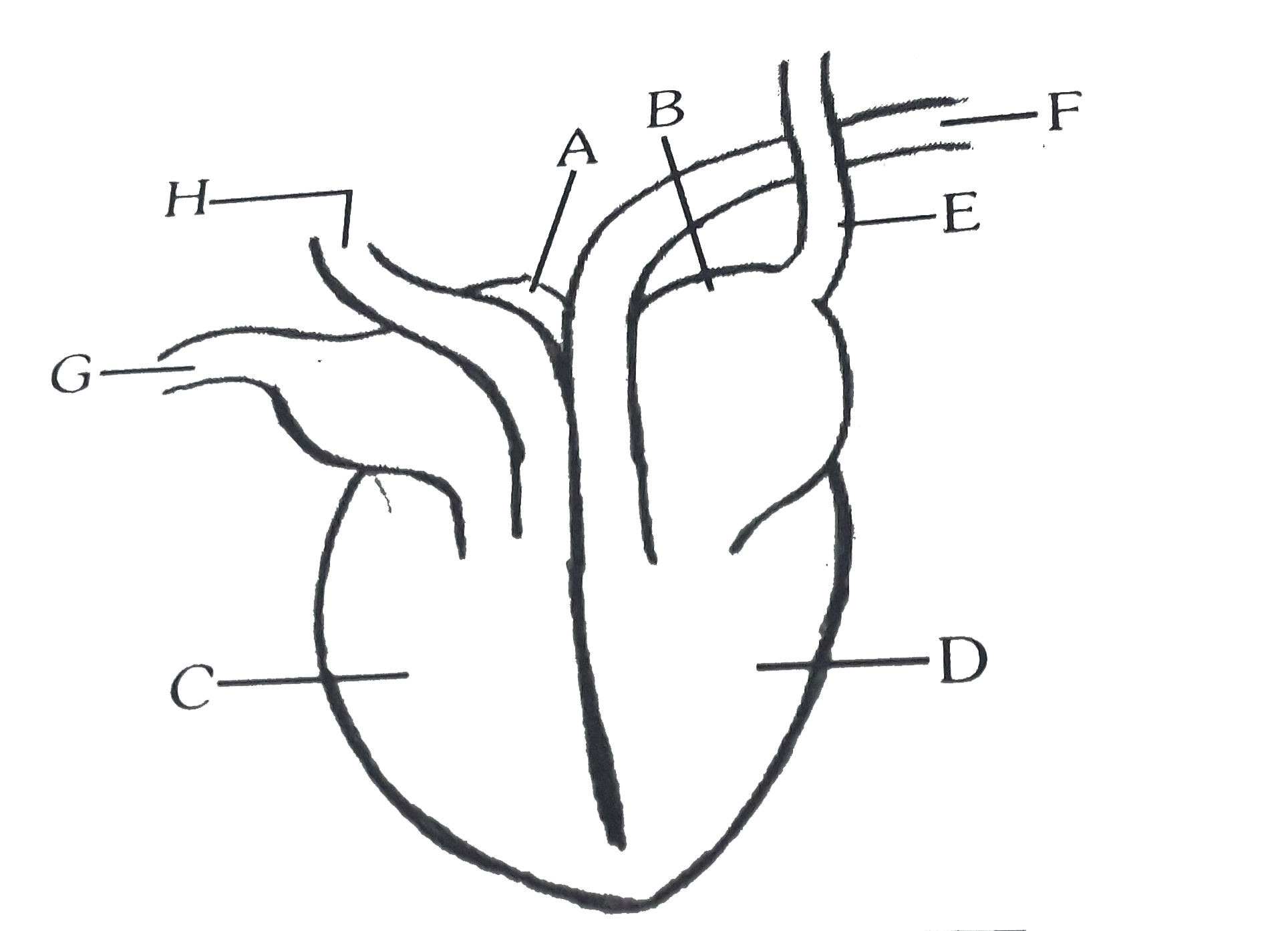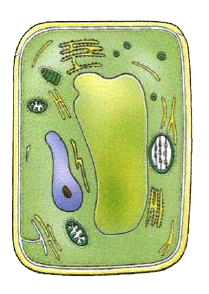What is stomatal apparatus? Explain the structure of stomata with a labelled diagram.
Step-by-Step Solution
Step 1: Define Stomatal Apparatus
The stomatal apparatus refers to the structure that facilitates gas exchange in plants. It primarily consists of a pair of guard cells which may or may not be surrounded by subsidiary cells.
Step 2: Identify the Main Components of Stomata
The stomatal apparatus comprises three main parts:
1. Stoma (Stomatal Aperture): This is the small opening present in the epidermal cells of leaves, allowing for gas exchange.
2. Guard Cells: These are two bean-shaped cells that surround the stomatal aperture. They regulate the opening and closing of the stoma.
3. Subsidiary Cells: These are special epidermal cells located near the guard cells, providing support and assisting in the functioning of the stomata.
Step 3: Describe the Structure of Stomata
- The stoma is the actual opening that allows gases to enter and exit the leaf.
- The guard cells are responsible for controlling the size of the stoma. In dicots, they are typically bean-shaped, while in monocots, they can be dumbbell-shaped.
- The subsidiary cells are located adjacent to the guard cells and help in the regulation of the stomatal function.
Step 4: Draw and Label the Diagram
To illustrate the stomatal apparatus, draw a simple diagram that includes:
- The stoma as a small opening.
- The guard cells surrounding the stoma, depicted as two bean-shaped structures.
- The subsidiary cells positioned near the guard cells.
Labelled Diagram
SubsaryCell_____∣∣∣∣|||Guard||Cell|⌊__⌋∣∣∣∣S→ma(S→matalAperture)∣∣⌊__⌋∣∣Guard∣|Cell|⌊__⌋SubsaryCell
Step 5: Explain the Function of Stomata
The primary functions of stomata include:
- Gas Exchange: Stomata allow carbon dioxide to enter the leaf for photosynthesis and oxygen to exit as a byproduct.
- Transpiration: Stomata play a crucial role in the process of transpiration, where water vapor is released from the leaf into the atmosphere.
The stomatal apparatus refers to the structure that facilitates gas exchange in plants. It primarily consists of a pair of guard cells which may or may not be surrounded by subsidiary cells.
The stomatal apparatus comprises three main parts:
1. Stoma (Stomatal Aperture): This is the small opening present in the epidermal cells of leaves, allowing for gas exchange.
2. Guard Cells: These are two bean-shaped cells that surround the stomatal aperture. They regulate the opening and closing of the stoma.
3. Subsidiary Cells: These are special epidermal cells located near the guard cells, providing support and assisting in the functioning of the stomata.
- The stoma is the actual opening that allows gases to enter and exit the leaf.
- The guard cells are responsible for controlling the size of the stoma. In dicots, they are typically bean-shaped, while in monocots, they can be dumbbell-shaped.
- The subsidiary cells are located adjacent to the guard cells and help in the regulation of the stomatal function.
To illustrate the stomatal apparatus, draw a simple diagram that includes:
- The stoma as a small opening.
- The guard cells surrounding the stoma, depicted as two bean-shaped structures.
- The subsidiary cells positioned near the guard cells.
SubsaryCell_____∣∣∣∣|||Guard||Cell|⌊__⌋∣∣∣∣S→ma(S→matalAperture)∣∣⌊__⌋∣∣Guard∣|Cell|⌊__⌋SubsaryCell
The primary functions of stomata include:
- Gas Exchange: Stomata allow carbon dioxide to enter the leaf for photosynthesis and oxygen to exit as a byproduct.
- Transpiration: Stomata play a crucial role in the process of transpiration, where water vapor is released from the leaf into the atmosphere.
Topper's Solved these Questions
Similar Questions
label the diagram

View SolutionLabel the diagram.

View SolutionDefine stomatal apparatus.
View SolutionExplain mechanism of breathing with neat labelled diagram.
View SolutionStomatal apparatus consists of
View SolutionStomatal apparatus consists of
View SolutionStomatal apparatus consists of
View SolutionStomatal apparatus consists of
View SolutionExplain the term critical angle with the aid of a labelled diagram.
View SolutionExplain the structure of the middle and internal ear with the help of diagram .
View Solution
